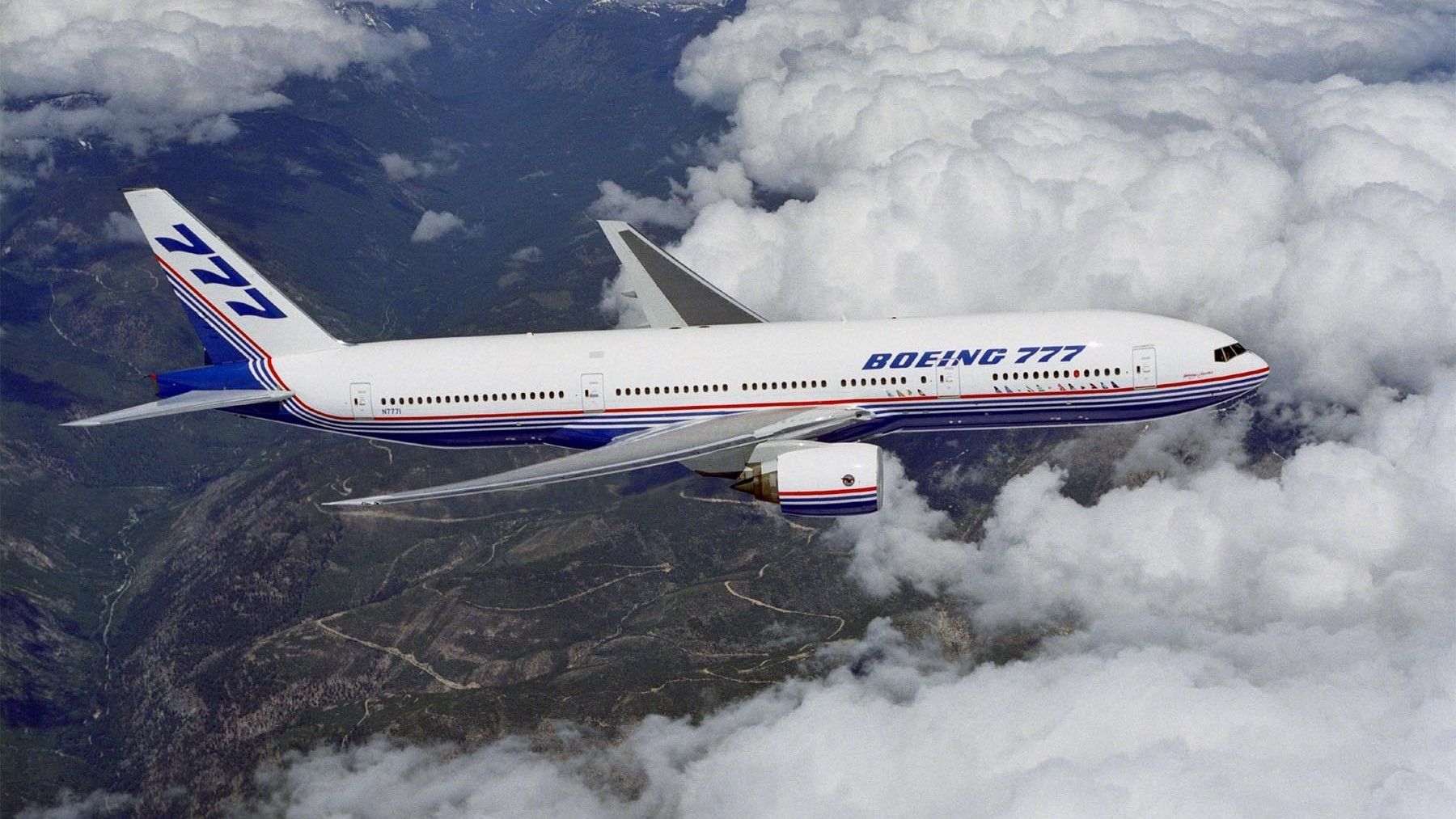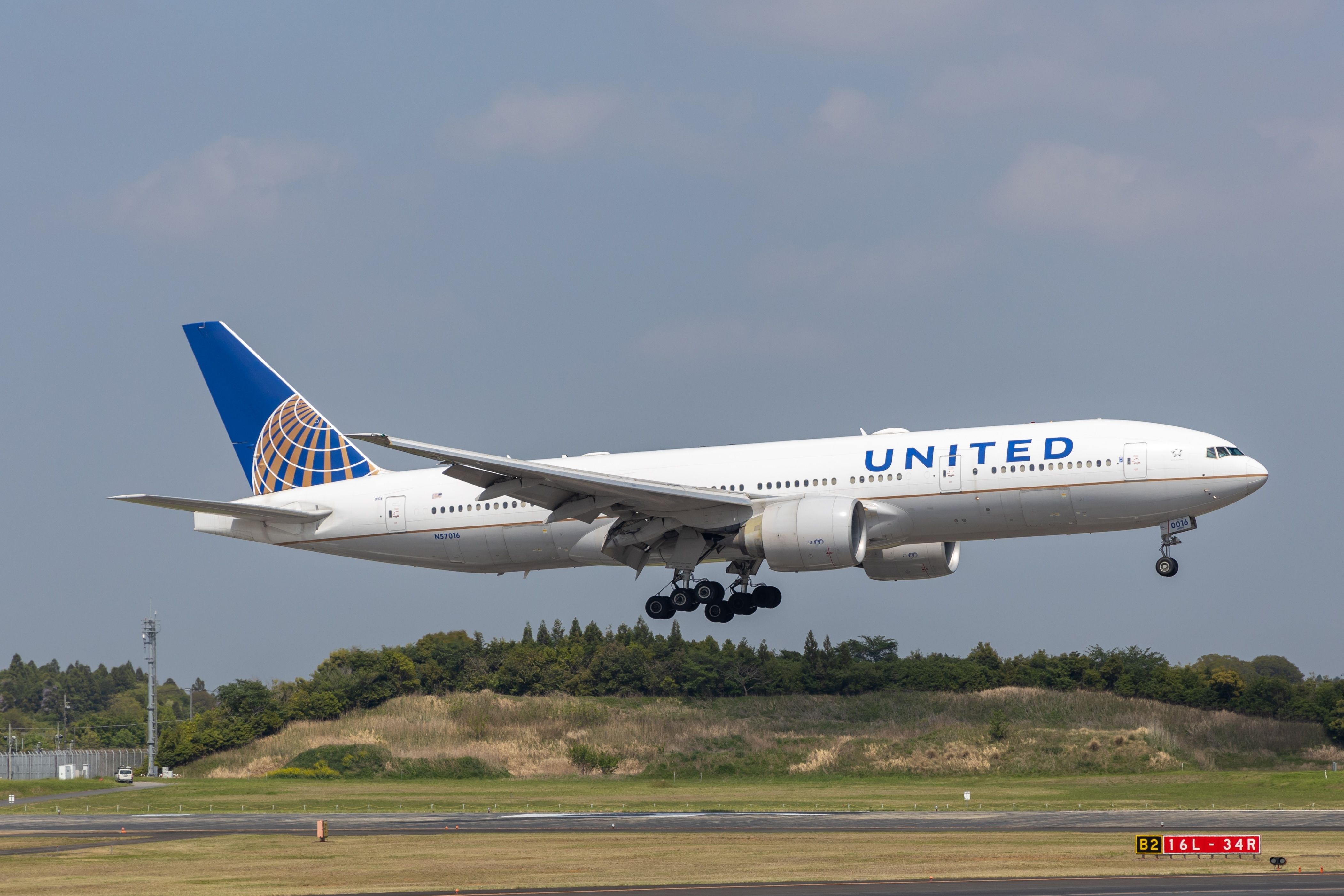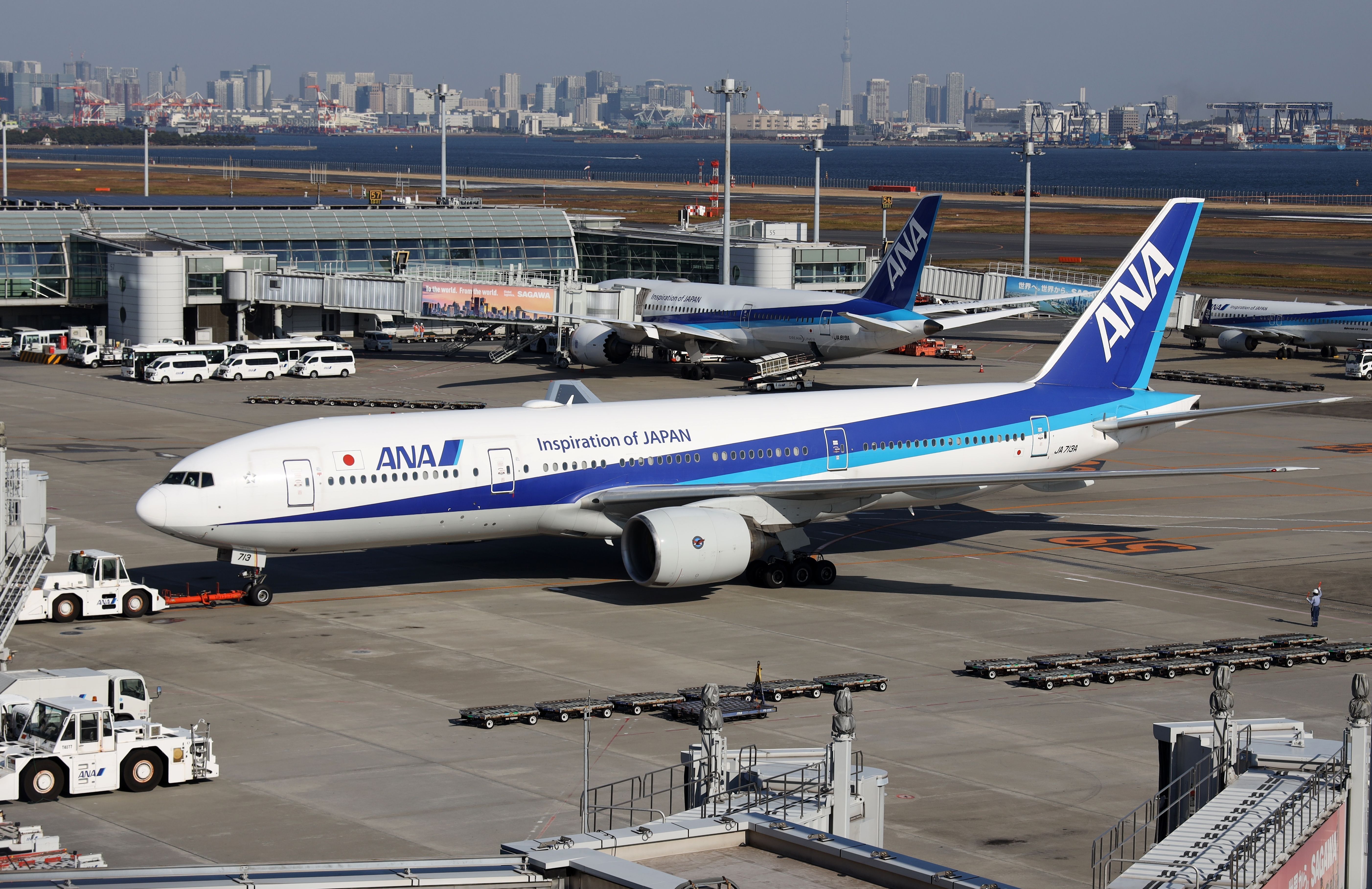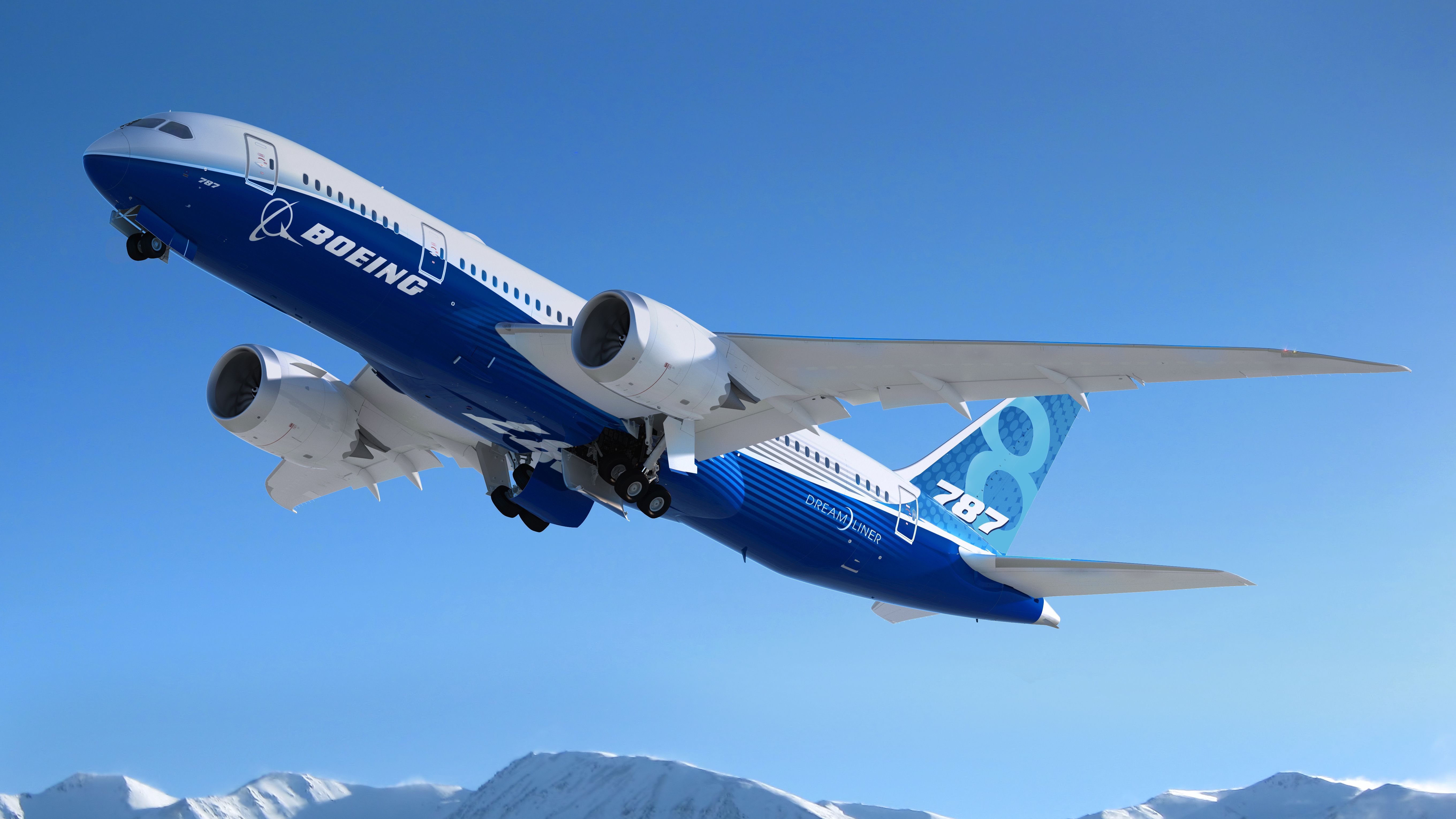Over the years, the Boeing 777 family has proven to be one of the US manufacturer’s most popular designs, with more than 1,700 examples of the twin-engine widebody produced to date. The first variant to roll off the factory line was the standard 777-200, which continues to fly today. However, it only does so in a limited capacity.
United Airlines
According to data from ch-aviation.com, just 19 examples of the standard Boeing 777-200 are still listed as active nowadays. They are spread across just two carriers, with Star Alliance founding member United Airlines operating the lion’s share. Indeed, it presently has 17 active examples at its disposal.
In addition, there are two inactive standard Boeing 777-200s in United Airlines’ current fleet, which are undergoing maintenance, with the carrier’s overall average age for the type being a hefty 26.6 years old. This is over a decade higher than the Chicago-based airline’s overall mean figure, which comes to 15.9 years.
Photo: Kent Raney | Shutterstock
Historically speaking, United Airlines has operated another three examples of the standard 777-200. Those that remain in its fleet are fitted with 336 economy class seats (of which 102 have extra legroom) and 28 in business class.
All Nippon Airways
The remaining two examples of active standard Boeing 777-200s can be found in Japan flying for fellow Star Alliance carrier All Nippon Airways. The type used to play a much more significant role at ANA, with the airline having operated another 14 examples of the type in years gone by and the first delivery dating to 1995.
The pair of airliners are younger than those flown by United Airlines, with an average age of 18.4 years old, compared to a fleet-wide mean of 11.7 years. They are configured with high-density layouts that accommodate 384 economy and 21 business class passengers, reflecting their use on busy domestic routes.
Photo: KITTIKUN YOKSAP | Shutterstock
Indeed, data from FlightRadar24.com showed at the time of writing that JA713A and JA714A were regularly flying out of Tokyo Haneda Airport (HND) on domestic flights that never lasted more than two-and-a-half hours. The destinations of these services included the likes of Matsuyama, Sapporo, Okinawa, and Osaka.
Always a relatively rare breed
The fact that active examples of the standard Boeing 777-200 are now few and far between shouldn’t exactly come as a surprise, given that the type was never a big seller in the first place. Boeing ultimately produced just 88 examples of this model, making it the 777 family’s third lowest-selling variant.
A key reason for this was the success of the ‘Extended Range’ 777-200ER model, whose sales exceeded the 400 mark. The larger 777-300 model saw a similar pattern, with just 60 standard orders but over 800 for the 777-300ER.
What do you make of the standard Boeing 777-200? Have you ever flown on one of these aircraft? Let us know your thoughts and experiences in the comments!
Sources: ch-aviation.com, FlightRadar24.com




